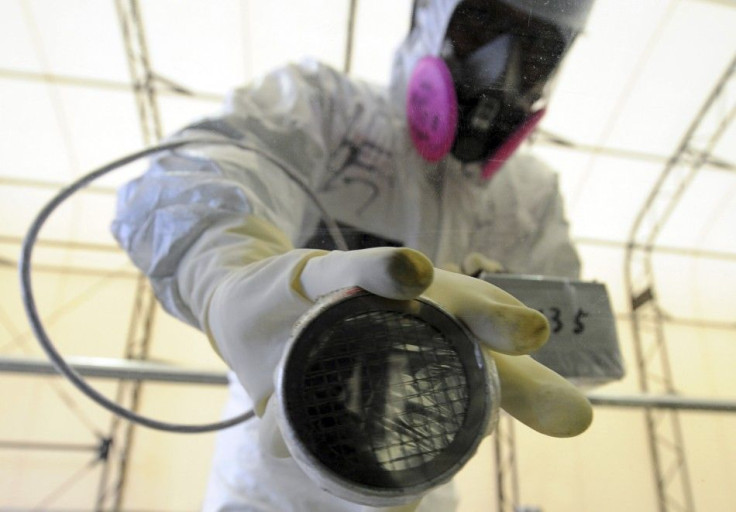Fukushima Operator Tepco Starts Pumping Radioactive Groundwater, Later to be Dumped into Ocean Waters

Tokyo Electric Power (Tepco) has started pumping radioactive groundwater from the crippled Fukushima Dai-Ichi nuclear power plant as a preventive measure to curb further leaks in the facility.
The exhumed water will later be dumped into the Pacific Ocean waters. The Japanese nuclear facility operator first announced its contaminated water management system in March. The plan involves pumping groundwater into tanks before it passes through plant area. The radioactive groundwater is expected to be poured into the ocean. But Tepco assures this will only be done after a radiation level check up is made on the water's quality.
The contaminated water management system has been approved by the Japanese local fishermen, albeit halfheartedly, after two years of negotiations.
"The final consideration was based on the fact that we cannot allow them to release contaminated water. We realized that if the situation continued as it was, the whole system will fall down," Kenji Nakada, an official at the Fukushima fisheries federation, earlier told Reuters.
"In such a case, the fisheries industry in Fukushima would be completely finished."
Read: Fukushima's Tepco Slapped with US$1B Lawsuit by 79 US Sailors Over Radiation Claims
Tepco said the system will enable it to control and reduce the amount of water flowing into the building basements from the current 400 tons daily to 300 tons a day. The crippled Fukushima Dai-Ichi nuclear power plant is located at the base of a hillside next to the ocean. Water from the rain outside the facility runs downhill, seeps into the ground, enters the plant's premises and then flows into the ocean.
Read: Cases of Fukushima-Related Cancers Unlikely to Grow - UN
The water pumping will take occur at wells around the site. It will then be stored in tanks. Any groundwater up for release into the ocean waters should have only less than 1 becquerels per liter of Cesium-134, as part of approval conditions laid down by the local fishermen.
Tepco started the water pumping on Wednesday.
Read: Japan Fukushima Disaster 'Hot Zone' Reopens to Residents - Report





















